Deleted member 1973
pastebin.com/Tb8AYcyk
- Joined
- Jun 8, 2019
- Posts
- 5,825
- Reputation
- 6,895
???
Follow along with the video below to see how to install our site as a web app on your home screen.

Note: this_feature_currently_requires_accessing_site_using_safari
bullshitMewing does jack shit at all ages. Genetics is everything
Keep copingbullshit
Saying it's all genetics is the true cope of one not wanting to admit that it's their fault and that it all could have been betterKeep coping
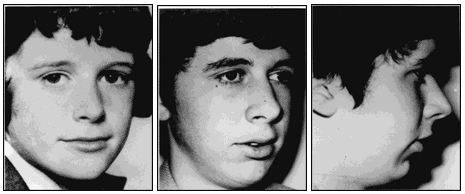
Been mewing my entire life and I'm a fucking ugly cuntSaying it's all genetics is the true cope of one not wanting to admit that it's their fault and that it all could have been better
View attachment 638573
he had so much fucking potential tbh jflSaying it's all genetics is the true cope of one not wanting to admit that it's their fault and that it all could have been better
View attachment 638573
All the Evidence We Could Find for Mewingmewing does jack shit after 18 tbh
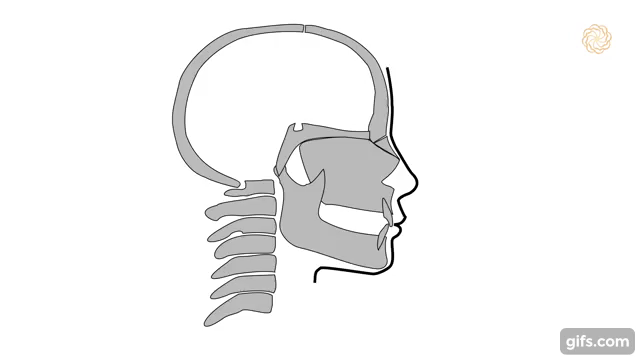
 , the corrective tongue posture technique was able to correct an overbite and bring the entire face forward. After a two-year relapse using retainers, the mewing technique produced lasting effects for 10 years according to the study. However, this particular patient used a tongue elevator to ensure that his tongue was on the roof of his mouth rather than stick to it himself.
, the corrective tongue posture technique was able to correct an overbite and bring the entire face forward. After a two-year relapse using retainers, the mewing technique produced lasting effects for 10 years according to the study. However, this particular patient used a tongue elevator to ensure that his tongue was on the roof of his mouth rather than stick to it himself. a tongue-repositioning maneuver was found to reduce snoring in patients with a normal BMI when combined with an oral shield.
a tongue-repositioning maneuver was found to reduce snoring in patients with a normal BMI when combined with an oral shield. presented at the 21st Annual World Dentral Summit looked at 90 subjects and found that “tongue posture has a significant effect on sagittal jaw relationship and dental arch widths.”
presented at the 21st Annual World Dentral Summit looked at 90 subjects and found that “tongue posture has a significant effect on sagittal jaw relationship and dental arch widths.” One twin underwent orthotropic treatment focusing on tongue posture while another opted for a traditional dental appliance. Just using a simple tongue posture adjustment, the outcomes were drastically different for each twin as shown below.
One twin underwent orthotropic treatment focusing on tongue posture while another opted for a traditional dental appliance. Just using a simple tongue posture adjustment, the outcomes were drastically different for each twin as shown below.
 the importance of proper tongue posture. They define proper tongue posture as “the apex of the tongue should be resting just lingual to the maxillary anterior teeth and on the incisive papilla of the hard palate.” The course document cites Hanson, M. L., & Mason, R. M. (2003). Orofacial Myology International Perspectives (Second ed.). Springfield, Illinois: Charles C Thomas.
the importance of proper tongue posture. They define proper tongue posture as “the apex of the tongue should be resting just lingual to the maxillary anterior teeth and on the incisive papilla of the hard palate.” The course document cites Hanson, M. L., & Mason, R. M. (2003). Orofacial Myology International Perspectives (Second ed.). Springfield, Illinois: Charles C Thomas. finds mouth breathing to be intimately connected to low tongue posture.
finds mouth breathing to be intimately connected to low tongue posture.All the Evidence We Could Find for Mewing
So, you might be wondering: where’s the proof mewing even works?
Proper tongue posture is nothing new nor was it invented by Dr. Mike Mew. It’s been part of dentistry for well over a century. Myofunctional therapy, which trains patients how to correctly swallow and maintain proper tongue posture, has been an established specialty for some time.
Although the importance of oral posture is still understudied, there have been some clinical studies done along with some first-hand accounts of its success. However, let’s first discuss the basic developmental theory behind mewing and then present the evidence.
Breaking It Down: How Mewing Works
Contrary to what you may have initially thought, the skull is actually not one large bone. It is made up of sutures, the connective tissues between the skull’s bones. This means that the skull can in fact change over time.
As an example of this, Dr. Mew often mentions how motor neurone disease deteriorated the shape of physicist Stephen Hawking’s skull over time. Due to no muscle movement in his face on account of his condition, his entire skull sagged further and further downward with age and changed shape. This indicates there is indeed some elasticity in skulls.
Because the skull is made up of all these sutures, mewing is actually about balancing the muscles in the face. This naturally causes slight changes in facial structure. Ultimately, what holds the facial balance together is the maxila (or upper jaw). This is what your tongue will be pressed against when you are mewing.
By mewing, you apply pressure on the maxila and thus change it over time. The changes to the face shape based on the position of the maxila is demonstrated below.

There is a small, but growing, amount of evidence currently available on proper tongue posture. Take a look at the evidence below for yourself and draw your own conclusions. The topic of proper tongue posture still remains largely understudied.
Clinical Evidence
- In a study conducted in 2014 published in the Korean Journal of Orthodontics
, the corrective tongue posture technique was able to correct an overbite and bring the entire face forward. After a two-year relapse using retainers, the mewing technique produced lasting effects for 10 years according to the study. However, this particular patient used a tongue elevator to ensure that his tongue was on the roof of his mouth rather than stick to it himself.
- A 2018 study in the journal Radiology and Oncology found significant evidence for “tongue posture” curing anterior open bites in preschool children. The study recommends tongue posture techniques (like mewing) for early childhood development.
- A 1997 study published in the Journal of Oral & Facial Pain and Headache found tongue posture on the roof of the mouth to be linked to stronger temporalis and suprahyoid muscles, both required for mastication.
- In a 2009 study published in the OOOO Journal (for Oral Surgery, Oral Medicine, Oral Pathology, and Oral Radiology), proper tongue posture was monitored in participants with an average age of 19.6. Results found “significantly more activity in the temporalis and suprahyoid muscle regions as well as a significant reduction in heart rate variability when the tongue was positioned on the palate compared with tongue position on the floor of the mouth.”
- In a 2010 study published in the European Journal of Orthodontics,
a tongue-repositioning maneuver was found to reduce snoring in patients with a normal BMI when combined with an oral shield.
- A 2016 study published in The Angle Orthodontist journal concluded with the following: “It is suggested that the development of a correct tongue-to-palate swallowing pattern may form and widen the dental arches during craniofacial development to suit the tongue, while the persistence of a swallowing pattern that includes a pressing of the tongue between the teeth may not.”
- In a “highly surprising” 2016 pilot study published in the Muscle, Ligaments and Tendons Journal, a proper tongue position on the palate was found to be linked to a “30% significant increase of knee flexion peak torque.” In other words, tongue posture is linked to the posture of your entire body.
- A 2018 study
presented at the 21st Annual World Dentral Summit looked at 90 subjects and found that “tongue posture has a significant effect on sagittal jaw relationship and dental arch widths.”
- One commonly-cited piece of evidence (1999) cited by Dr. Mew is the case of the Creed twins.
One twin underwent orthotropic treatment focusing on tongue posture while another opted for a traditional dental appliance. Just using a simple tongue posture adjustment, the outcomes were drastically different for each twin as shown below.
Two identical twins: one underwent proper tongue posture (mewing) at an early age while the other tried traditional orthodontic treatment with an appliance.
There is still much clinical work to be done on mewing and proper tongue posture. However, some of this information provides us with concrete evidence that proper tongue posture produces distinguishable effects.
Other Scholarly Evidence
There are also countless before-and-after photos online which demonstrate change over time due to mewing. Although anecdotal evidence should be met with skepticism usually, the growing amount of before-and-after evidence is becoming more and more overwhelming.
- The Dental Academy of Continuing Education lists in their course on muscle memory
the importance of proper tongue posture. They define proper tongue posture as “the apex of the tongue should be resting just lingual to the maxillary anterior teeth and on the incisive papilla of the hard palate.” The course document cites Hanson, M. L., & Mason, R. M. (2003). Orofacial Myology International Perspectives (Second ed.). Springfield, Illinois: Charles C Thomas.
- With 36 citations, this report published by the Oral Health Group
finds mouth breathing to be intimately connected to low tongue posture.
- Stanford’s biologist and population studies specialist Paul Ehrlich and orthodontist Sandra Kahn have recently co-authored a book Jaws which discusses the “hidden epidemic” of recessed jaw development. The book affirms the importance of proper tongue posture.
Alright thenlisten to the audio clips

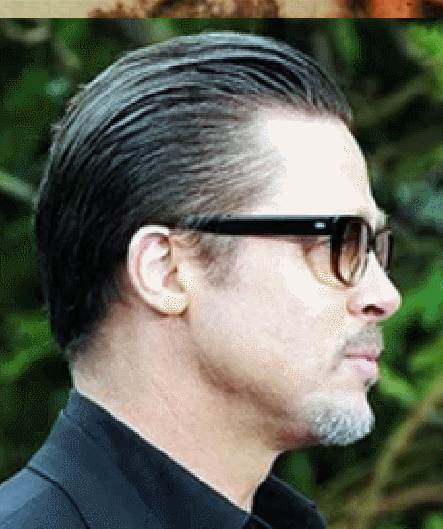
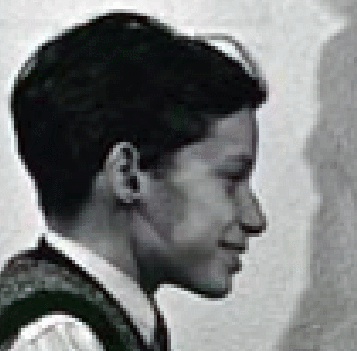
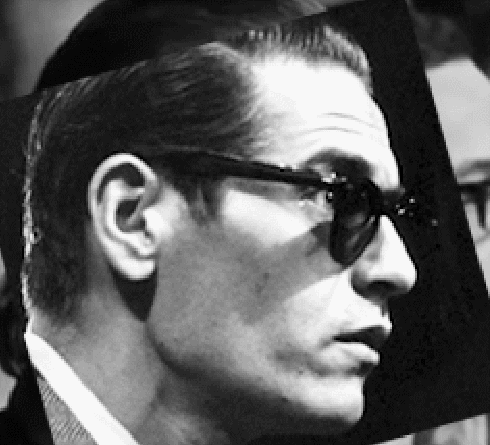
Not for adultsof course not
Links to these two studies?
- A 1997 study published in the Journal of Oral & Facial Pain and Headache found tongue posture on the roof of the mouth to be linked to stronger temporalis and suprahyoid muscles, both required for mastication.
- In a 2009 study published in the OOOO Journal (for Oral Surgery, Oral Medicine, Oral Pathology, and Oral Radiology), proper tongue posture was monitored in participants with an average age of 19.6. Results found “significantly more activity in the temporalis and suprahyoid muscle regions as well as a significant reduction in heart rate variability when the tongue was positioned on the palate compared with tongue position on the floor of the mouth.”
he lost weight and squint fraud@Salludon has good results starting from 20
becuase gravity pulls everything downYou'll be better off trying to find adults in whom lack of mewing resulted in degeneration of their facial structure. Examples of such are Brad Pitt, Bill Evans and Glenn Gould:
View attachment 780315View attachment 780316View attachment 780318
If change to one direction is possible, then why not to the other?
wtf, maxilla stop growing in your birthday fuck it i will say 17 and mewmewing does jack shit after 18 tbh
Precisely, Mr. Cope. Most cases of maxillary recession are actually maxillary excess -- the unbridled effects of gravity have led to overgrown maxillary dimensions.becuase gravity pulls everything down
and gravity weighs more than your tongue
Found them:Links to these two studies?

